|
The ‘Secret War’ in Laos was a covert proxy war, fought in the shadows of the Vietnam War and was fuelled by the belligerent global Cold War superpowers. The war was fought between the Communist Pathet Lao which was effectively organised, equipped and led by the Army of North Vietnam under the Socialist Republic of Vietnam (which emerged under the Marxist/Leninist model of communism) and the Royal Lao Government backed (secretly) by the U.S. who wanted to quell communist strength across South-East Asia. The wars in Laos and Vietnam were so intertwined that the CIA trained a guerrilla militia force of about 30,000 Laos tribesmen to disrupt operations along the Hồ Chí Minh trail, that was feeding communist forces in Southern Vietnam, without having any accountable direct military involvement. From 1964 to 1973, the U.S. indiscriminately dropped over 2 million tons of ordnance over Laos in 580,000 bombing missions; the equivalent of one planeload every 8 minutes, 24 hours a day, for 9 years. Many bombs were haphazardly dropped, killing thousands of innocent people, simply to get rid of them following cancelled missions over Vietnam. Due to the U.S.’s relentless bombardment of Laos, the Pathet Lao were forced to operate from an extensive network of caves at Viengxay in the Houaphanh Province in the northeast. Four hundred and eighty caves were used in total during the 9-year period housing a hospital, a school, offices, bakeries, shops, printing presses and even a theatre. The secret location was home to 23,000 people: locals say that farmers had to farm at night to avoid bombing raids! The Pathet Lao leaders lived and directed the war from the caves. In 1973 when the U.S’s aerial onslaught finished the leadership built houses outside their various caves from where they commanded their troops in the concluding stages of the war against the Royalist Hmong forces. For many years the Laos government denied any existence of the cave network; however, since 2009 some of the caves have been opened to the public and have become a valuable tourist attraction in the province. Most of the caves are named after the Pathet Lao leaders who lived there. To visit them you must take a knowledgeable guide from the Viengxay Caves Visitor Centre. Our sobering tour visited 5 of the major caves starting with the large cave of Kaysone Phomvihane, leader of the Lao Communist movement from its formation in 1955, he remained unchallenged as head of the Lao People’s Democratic Republic from its inception in 1975 until his death in 1992. Phomvihane’s cave has multiple exits, an office, meeting rooms and sleeping quarters. Each cave also featured a re-enforced concrete emergency chamber, behind a hefty metal submarine-style door, in case of direct bombing and chemical-weapons attacks. The chambers still housed the working Soviet oxygen filters. The cave of the Red Prince Souphanouvong was one of the most fascinating. Our audio tour informed us that the prince was allegedly the first person to gain contacts, and ultimately aid and help, the Viet Minh Communist forces in Vietnam. His wife was Vietnamese and he started working in Vietnam after he graduated from a French university. The house outside the Prince’s cave was somewhat more stylish and well designed than any of the other houses. His taste may well have been influenced by his time spent in France. The other cave of great interest is Xanglot Cave (AKA The Theatre Cave), a massive natural cave in the karst limestone rock which housed a stage and hall where political rallies, meetings and even weddings were held. Festivals, theatre performances and music & dance performances by visiting artists from China, Russia and Vietnam also took place here. The cave housed more than 2,000 soldiers in a huge army barracks and was the headquarters of the Pathet Lao military effort. The Laotion Civil War, as it is officially known, like most other wars, was a complex melee of politics. Unlike the Vietnam War, it wasn’t fought under the gaze of the world’s media which resulted in a near futile, senseless and often unheeded outcome. As a consequence Laos remains, per capita, the most heavily bombed country on earth, a fact I was ignorantly unaware of before visiting. Decades later, unexploded ordinance (UXO) literally litters the entire country and has killed more than 20,000 people since the war ended in 1975! Today over 80 million live cluster bomblets still scatter the country.
Cleaning up the unexploded ordnance is agonizingly slow, thankfully organisations like MAG do incredible work in clearing UXO’s and helping the Laos population to reclaim their land. In 2014 The U.S. Congress approved a $12 million grant for UXO clearance and related aid in Laos, bringing the total up to $82 million. To put that into context the U.S. spent a relative $18 million a day, for nine years, bombing the country; that’s approximately $60 billion. Considering the current population of Laos is just under 7 million, the U.S. could have paid the entire population approximately $9,000 each not to be communists! Unfortunately war doesn’t work like that! Sadly the daily lives of millions are still affected by the senseless bombing. Long-term development of the country has also been disturbed; farmers can’t work the land and construction of schools, hospitals and factories are constantly delayed. Our visit to Laos was eye opening and often heart wrenching, unfortunately history proves that we don’t learn from our mistakes. Considering the phenomenal amount of money the U.S. spent pointlessly destroying a country, most have never heard of, they (politicians and the war machine in the “developed” world) continue to invest ridiculous amounts of money developing new technologies to eradicate people in fields on the other side of the world, with sickening effect.
1 Comment
Anne Smart
15/7/2016 01:26:21 am
What a very interesting and thought provoking account!
Reply
Your comment will be posted after it is approved.
Leave a Reply. |
Archives
July 2020
Categories
All
|
Proudly powered by Weebly

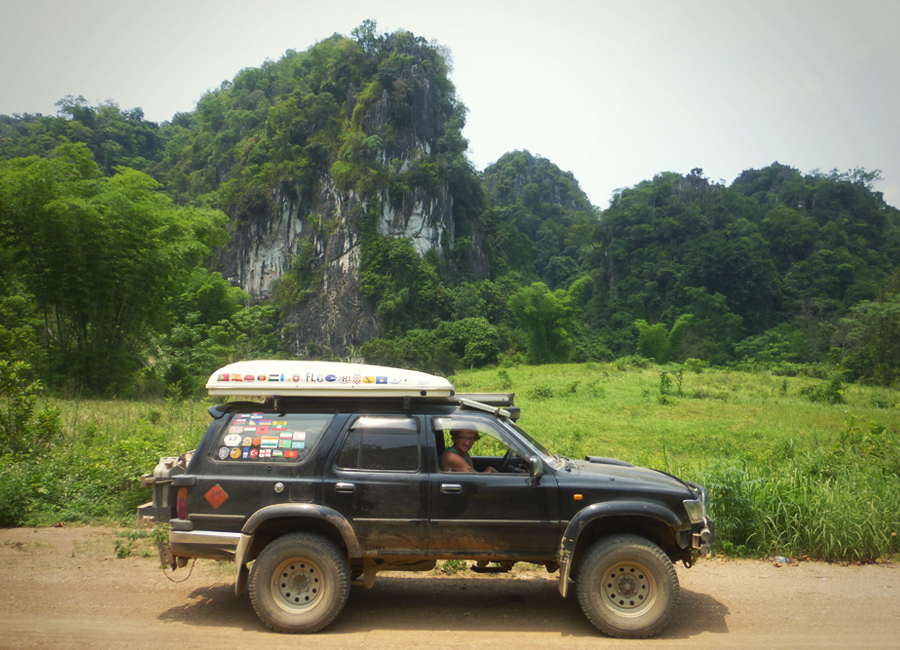
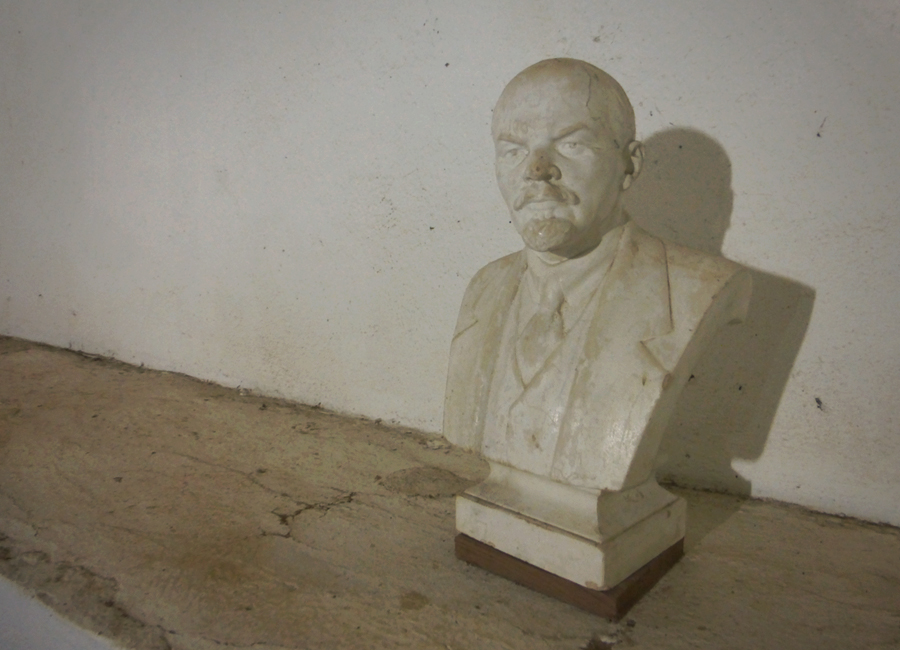
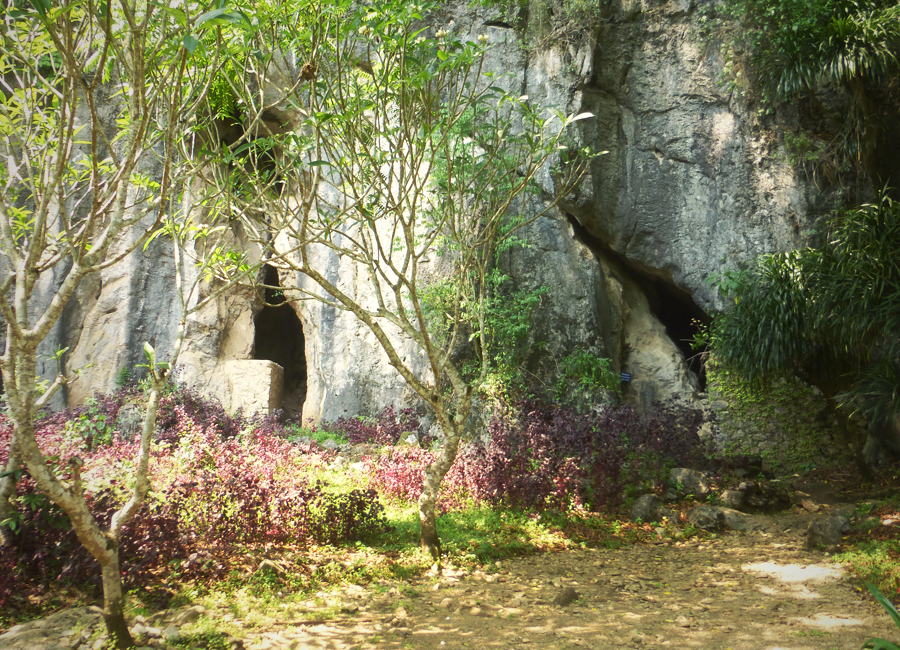
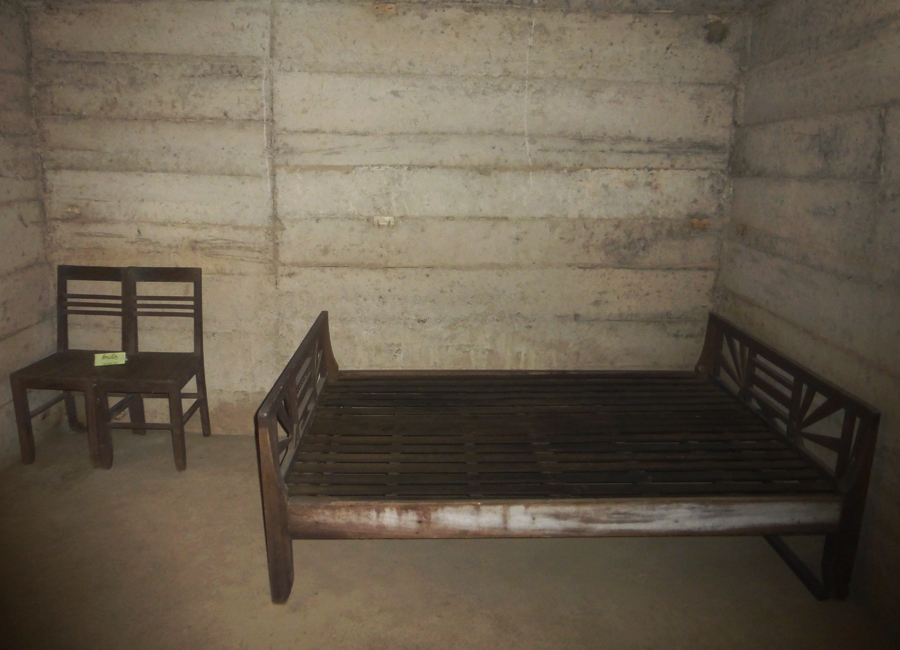
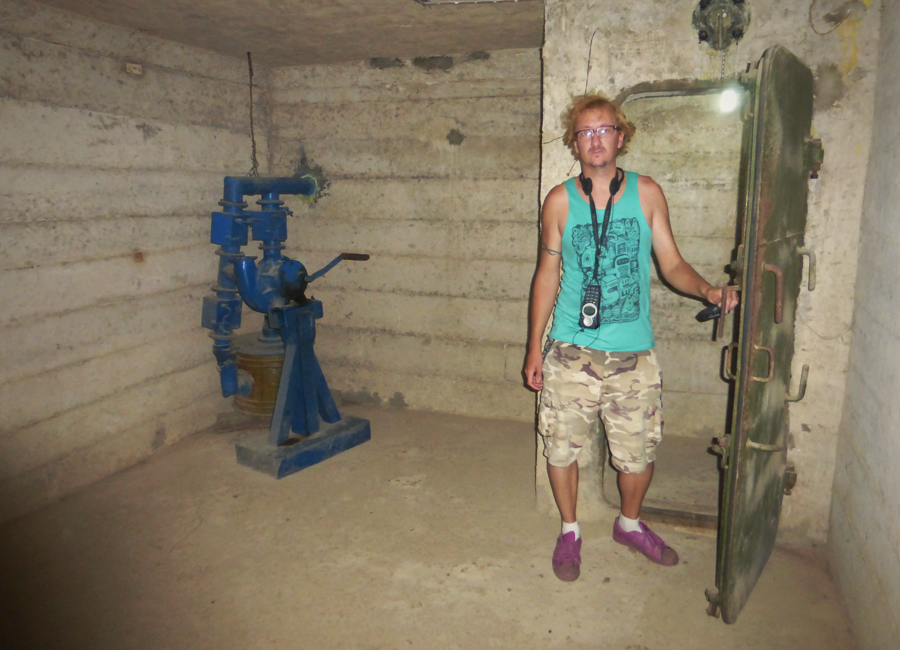
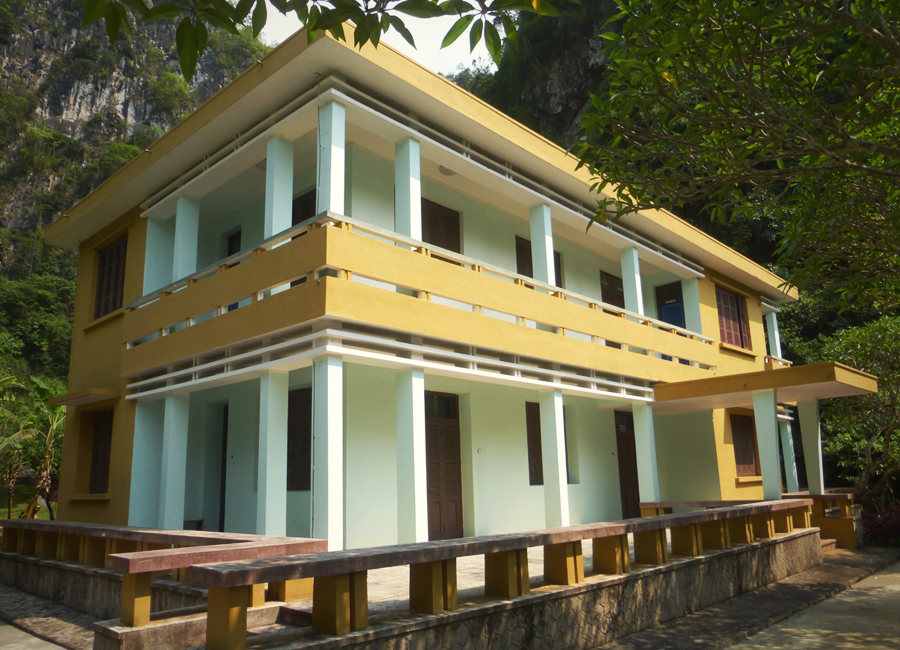
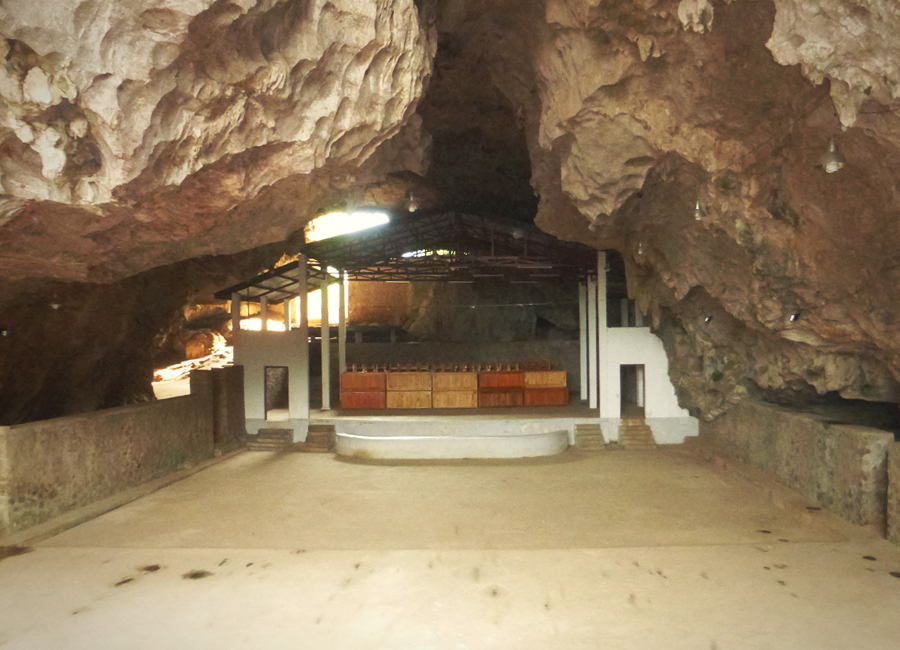
 RSS Feed
RSS Feed